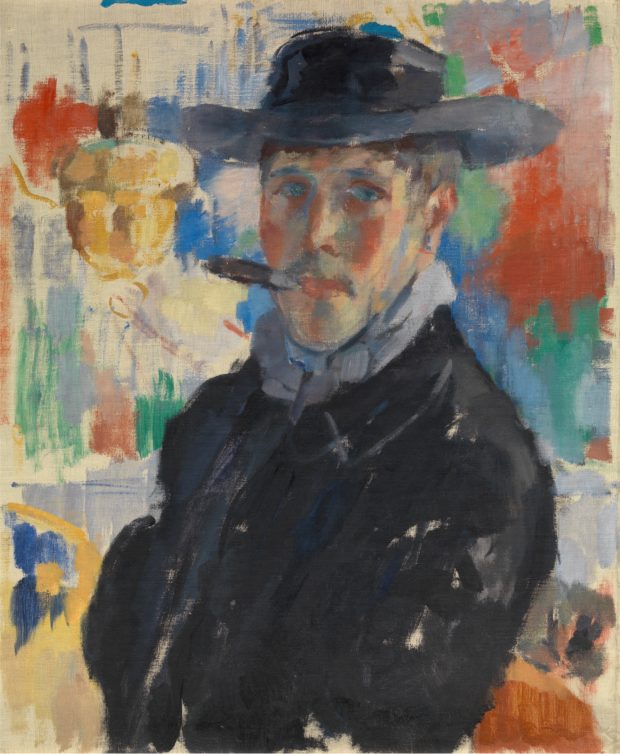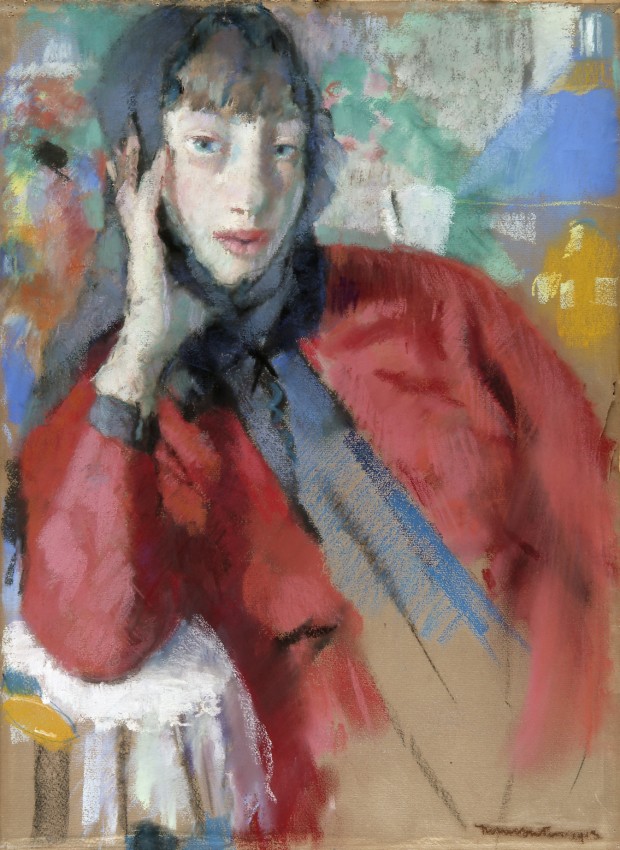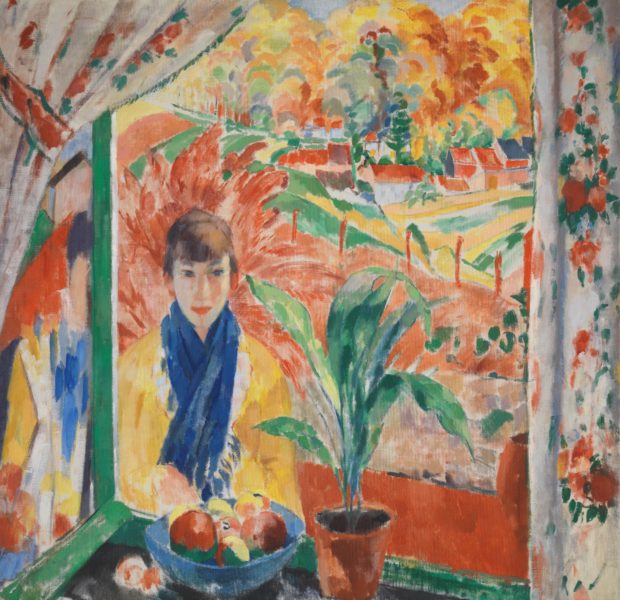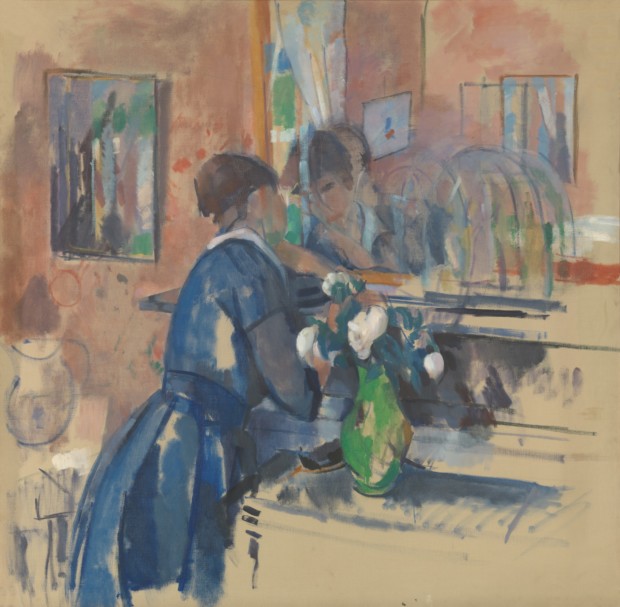Things You Didn’t Know About Henri Matisse’s Cut-Outs
Henri Matisse is known for his versatility in using different mediums and styles throughout his career as an artist. At the age of 60, he realized...
Seoyoung (Alyssa) Kim 26 August 2024
Have you heard of Rik Wouters? He is Belgium’s best-known Fauvist, renowned for the stunning colors in his paintings. His works have often been compared with those of James Ensor, Paul Cézanne, and even Auguste Renoir. He became quickly appreciated by his contemporaries – as you will see below, he had a dazzling talent.
His career was unfortunately interrupted by his death at the age of 33 in 1916. Here is Rik Wouters and his paintings.

Wouters had a chronic eye disease which led to his death at a young age. His life was difficult. Yet the harmonious “good life” takes center stage in the work. His love for his wife Nel was a motivating force in his work and she inspired him to create many well-known paintings and sculptures.
The expressive brush strokes and unfinished style of the canvases give a dynamic character to his work. The emphasis on lighting and color results in enchanting and optimistic qualities.

The art of Rik Wouters above all presents an abundance of colors and authentic, simple, touching subjects. For example, look at this luminous red color!

Wouters focused on painting and studies of light. He created many pictures of interiors, people, and still lifes. He painted many of them with a knife. In 1911, Wouters changed his style, abandoning the use of the knife and opting for the brush. In order to obtain maximum transparency, the painter diluted his colors and used particularly absorbing canvases. It resulted in a reduced scale of warm tones and a diminished brilliancy of colors.

DailyArt Magazine needs your support. Every contribution, however big or small, is very valuable for our future. Thanks to it, we will be able to sustain and grow the Magazine. Thank you for your help!